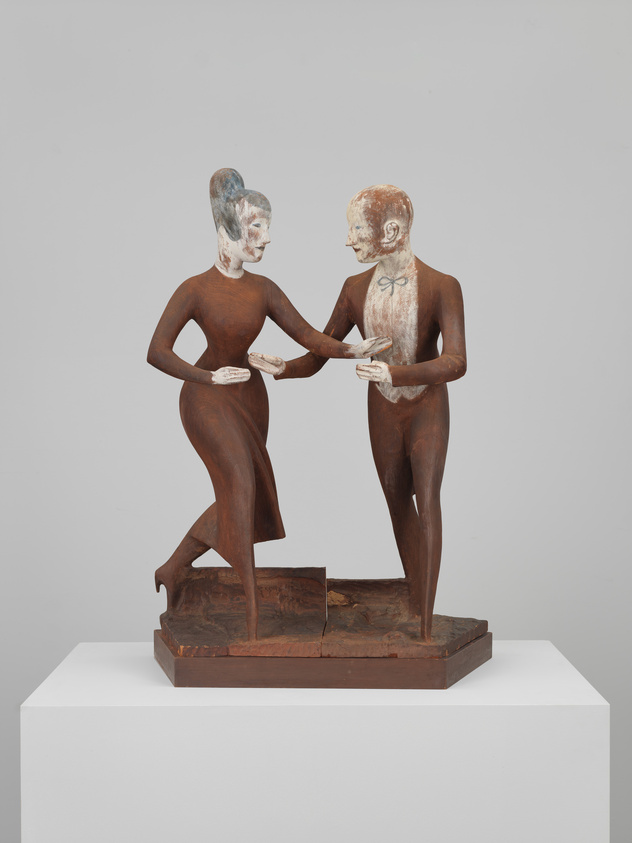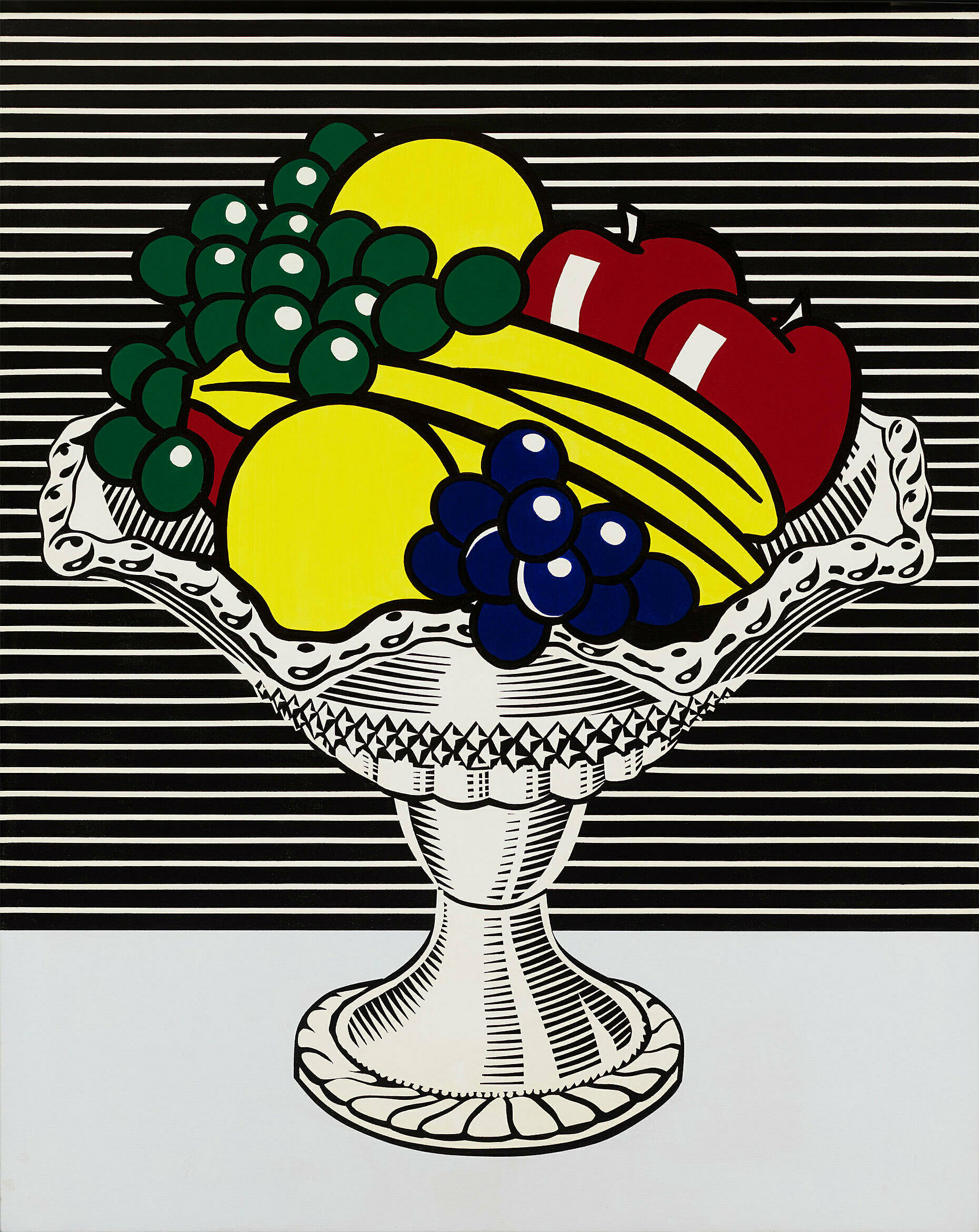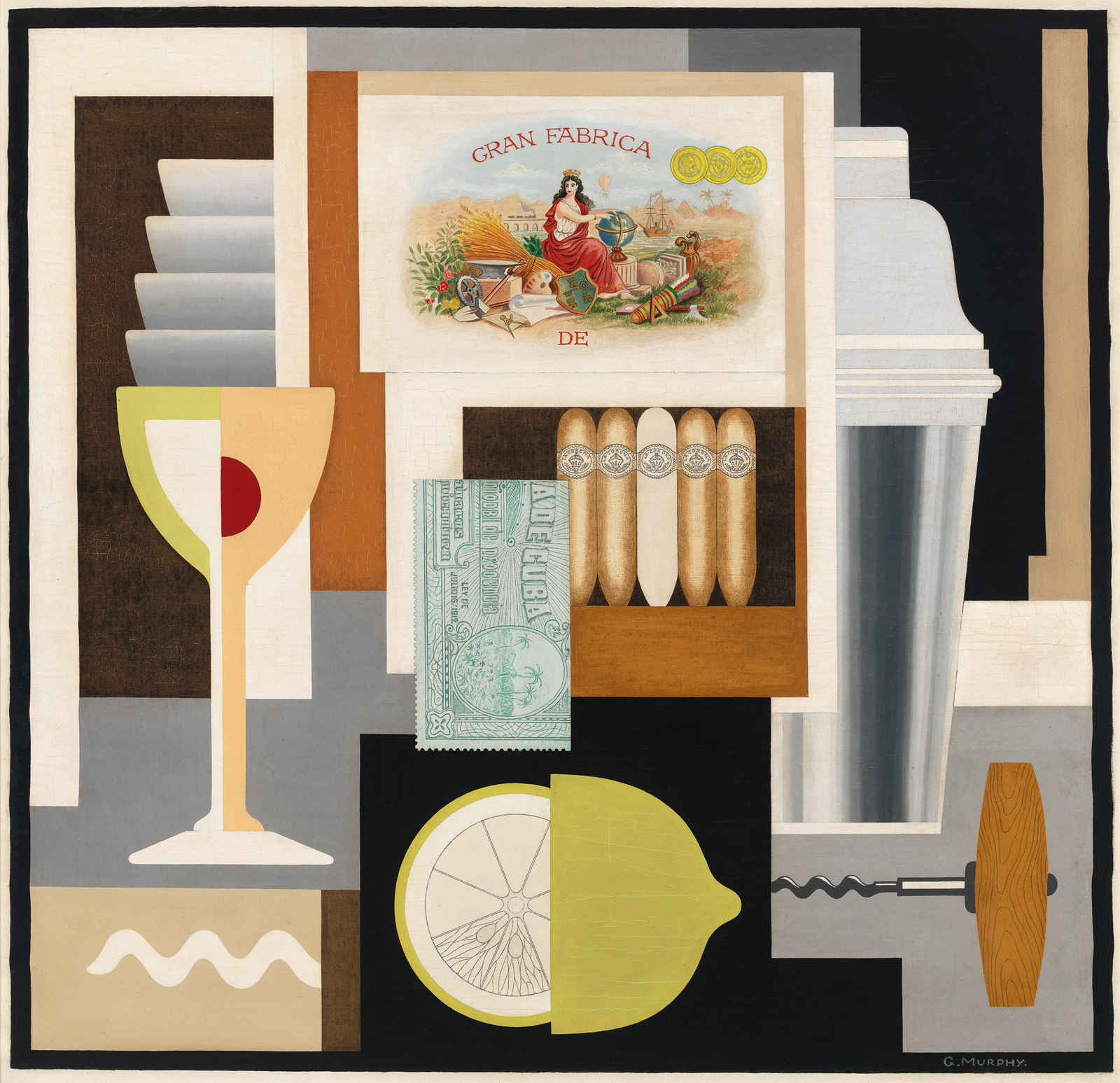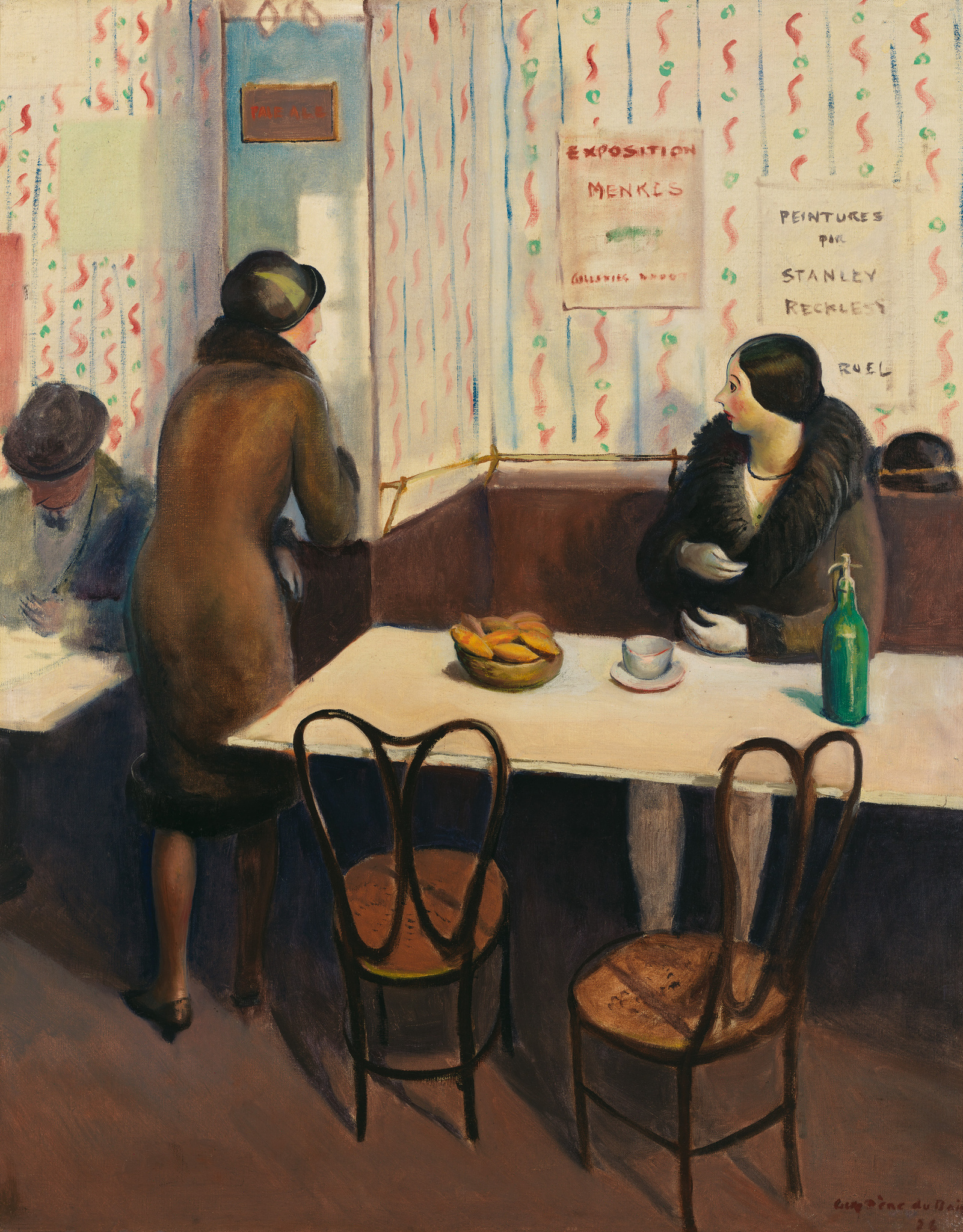After emigrating to the United States from Poland in 1914, Elie Nadelman became a key figure in the movement to synthesize classicism and abstraction in American sculpture. Nadelman began to represent genre subjects—dancers, musicians, and circus performers—in a sleek, simple style. His exploration of these vernacular subjects paralleled his burgeoning enthusiasm for American folk art, as did his use of painted wood rather than the more traditional bronze or marble. In Tango, Nadelman used raw cherry wood to indicate the figures’ bodies and outer garments, painting only the hands, faces, and the man's shirt. The slim, elongated pair dance the tango, a new Argentine dance that became popular in America just before World War I. Nadelman’s composition, however, emphasizes the stylized elegance of the dance rather than its passion and sensuality. The artist avoided the most recognizable tango step, where the dancers stride forward with hands joined and arms clasped tightly about each other’s back, and selected instead a moment in the choreography where the dancers separate. Formally and materially reinforcing this distance, the blocks of wood form which the man and woman were carved are also separate, as are the bases on which they rest.
Not on view
Date
c. 1920–1924
Classification
Sculpture
Medium
Painted and gessoed cherry wood
Dimensions
Overall: 36 × 25 5/8 × 13 7/8in. (91.4 × 65.1 × 35.2 cm)
Accession number
88.1a-c
Credit line
Whitney Museum of American Art, New York; purchase, with funds from the Mr. and Mrs. Arthur G. Altschul Purchase Fund, the Joan and Lester Avnet Purchase Fund, the Edgar William and Bernice Chrysler Garbisch Purchase Fund, the Mrs. Robert C. Graham Purchase Fund in honor of John I.H. Baur, the Mrs. Percy Uris Purchase Fund and the Henry Schnakenberg Purchase Fund in honor of Juliana Force
Rights and reproductions
© Estate of Elie Nedelman





